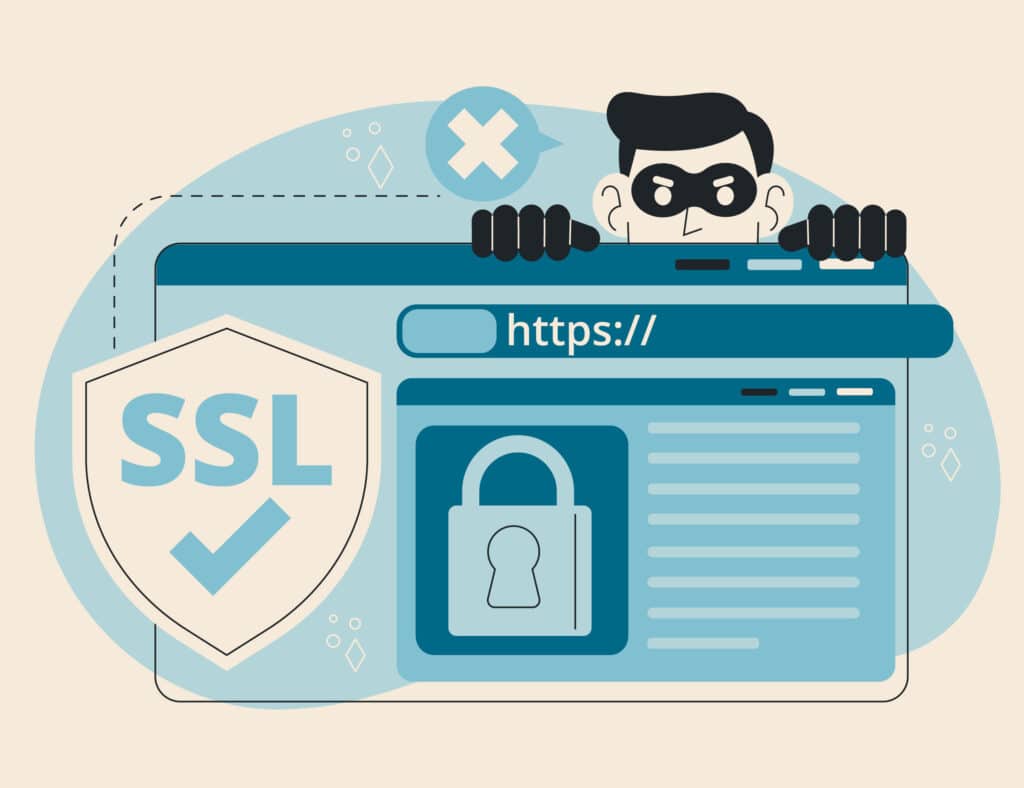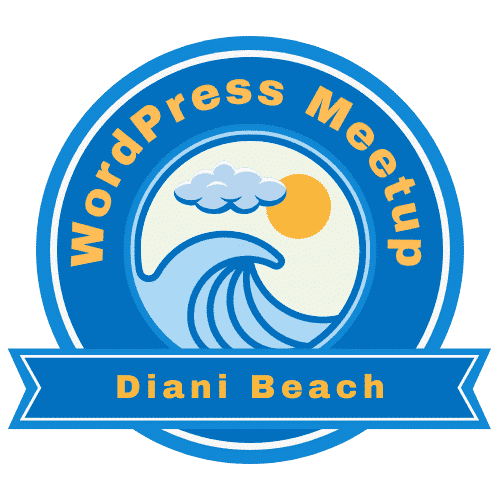The presentation about WordPress Secuity at WordPress Meetup Diani Beach on 27. July 2023 was held by Manuell Milimo.
It started with a tweet lately: https://twitter.com/manuell_xyz/status/1679385199162068992?s=46&t=bgVLhzB1106yGJrSIy7HLQ Indeed there are some best practices to keep your WordPress installation safe and sound. And there are some measures that are just “security by obscurity” and therefore rather useless. Join the conversation. Give us your ideas and experiences on WordPress Security. Or maybe your site even got hacked? Let’s talk about it.

WordPress has emerged as one of the most popular and user-friendly content management systems (CMS) globally, empowering millions of websites across diverse industries. However, with its growing popularity, it has become a prime target for malicious actors seeking to exploit vulnerabilities. Therefore, it is imperative for website owners and administrators to prioritize WordPress security to safeguard their data, reputation, and user trust. In this article, we will explore essential best practices and actionable tips to bolster WordPress security and protect your digital assets.
Keep Your WordPress Core, Themes, and Plugins Updated:
One of the most critical steps in ensuring WordPress security is to maintain up-to-date software. Regularly update your WordPress core, themes, and plugins to benefit from the latest security patches, bug fixes, and performance enhancements. Outdated software can serve as a gateway for hackers to exploit known vulnerabilities.
With the WordPress core, the update process will begin automatically if you have sites that support automatic background updates. Alternatively, You can download the WordPress from WordPress.org or visit your WordPress Dashboard, click “Updates,” and click “Update Now.
If your theme has no customizations, go to: Appearance > Themes > click “Update Now” on your active theme. If your theme features custom code, updating it with the latest versions will overwrite all your customizations. Therefore, it is important to use a child theme to prevent losing your customized content. For themes bought via Themeforest/ Envato Market, it is important to install Envato plugin to enable smooth updates.
Plugins can be updated by clicking on Plugins > Installed Plugins > Update Now on the specific plugin.

Implement Strong Password Policies:
Passwords act as the first line of defense against unauthorized access. Enforce strong password policies, encouraging users to create unique and robust passwords that combine uppercase and lowercase letters, numbers, and special characters. Additionally, consider implementing two-factor authentication (2FA) to add an extra layer of security.
You can use plugins such as WordFence and Sucuri to implement 2FA.
Use SSL Certificates
Enable Secure Sockets Layer (SSL) certificates to encrypt data transmitted between your web server and users’ browsers. SSL encryption safeguards sensitive information, such as login credentials and personal data, from interception and tampering.

Remove Unused Themes and Plugins:
Unused themes and plugins can become security vulnerabilities, especially if they are no longer maintained by their developers. Uninstall any themes or plugins that are not actively in use to reduce potential risks.
Use Trusted WordPress Themes and Plugins
Using nulled themes and plugins poses significant security risks to your WordPress website. Nulled themes and plugins refer to premium themes and plugins that have been pirated and made available for free, often with modified code or license activation bypassed. While the allure of getting paid themes and plugins for free may be tempting, the dangers associated with using nulled software far outweigh any potential benefits.
These plugins and themes could have Hidden Malicious Code, making them a hotbed for malicious actors to inject hidden code and backdoors. This code can be used to gain unauthorized access to your website, steal sensitive information, distribute malware, or conduct other malicious activities.
Use WordPress Security Plugins.
WordPress Security plugins are also vital towards boosting the security of your website. The top recommended plugins are
You can use these plugins to block IPs, enable firewall on your site, and even limit the number of login attempts.
There are other ways you can use to improve the WordPress security of your site, such as changing the admin login page URL, disable PHP error reporting, use of a secure web host, turning off file editing, changing database prefix (The wp_ prefix), disabling XML-RPC, and even managing your file permissions.
Different forms of cyberattacks, ranging from malware injection to DDoS attacks, pose a constant threat. Among the commonly targeted platforms, WordPress websites are a prime focus for hackers due to the widespread use of its content management system (CMS). Therefore, it is crucial for WordPress website owners to be well-versed in securing their sites.
Securing a WordPress site is not a one-time effort; it demands ongoing vigilance because cyberattacks are continuously evolving. Despite the persistent risk, applying WordPress security measures can effectively mitigate these potential dangers.
We trust that this article has provided a few of the valuable insights into the significance of WordPress security measures and their implementation.
See you in our next meetup!


A very comprehensive write up on security was lately published on the WP-Scan (another highly recommendable tool!) Blog: https://blog.wpscan.com/website-vulnerabilities-and-security-threats/